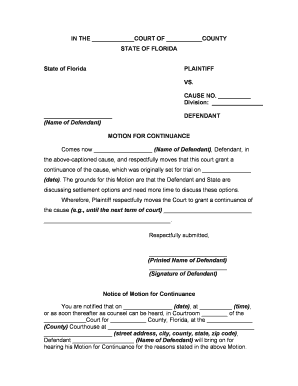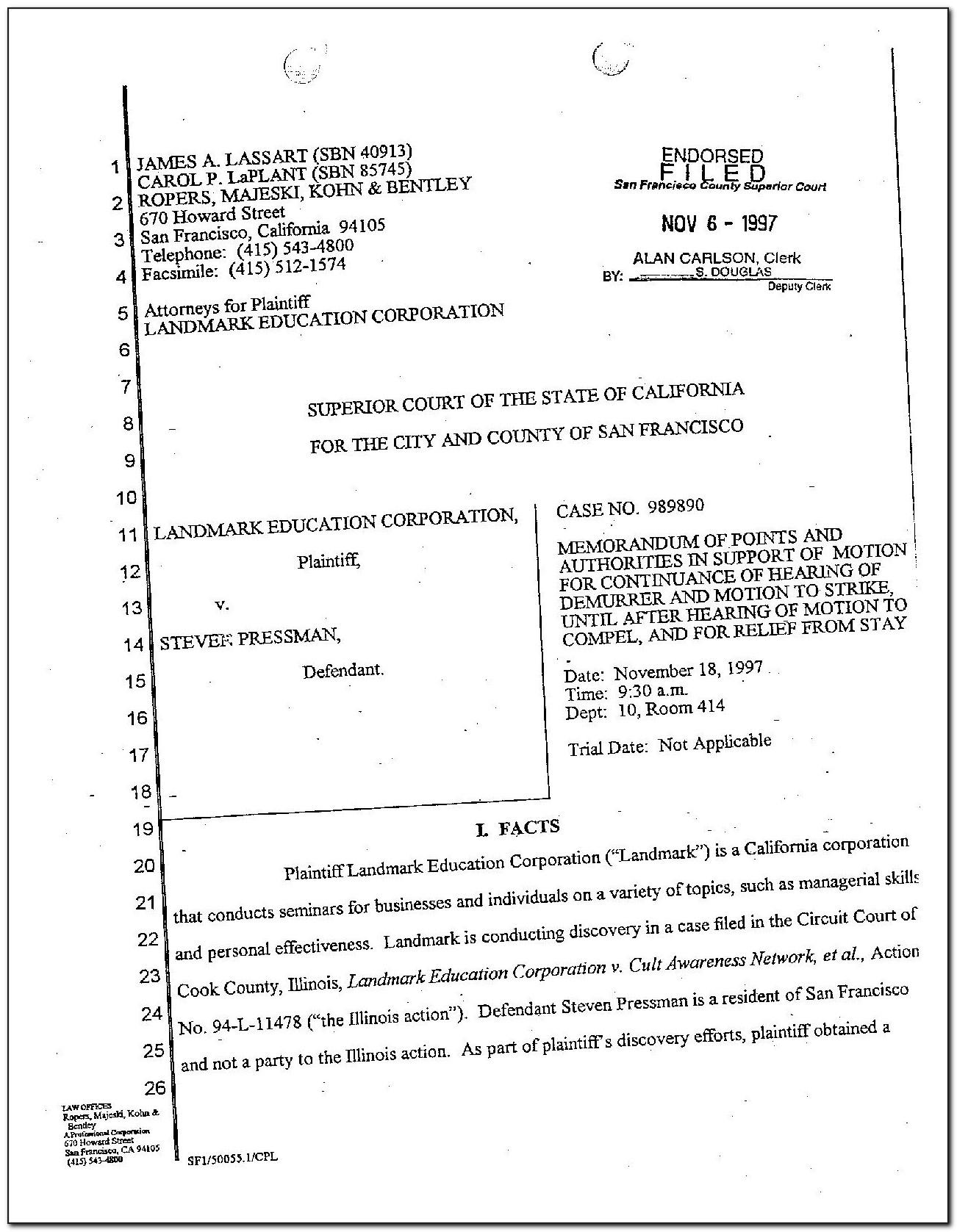
To make the procedure of investigating clearer and more understandable for court, each discovery form has its own purpose and requirements: Sometimes the details related to the before mentioned list are used to shame or abuse one of the parties, so the restrictions were made to keep private data from being disclosed to certain parties without proper authorization and permission. The law protects confidential conversations (between attorneys and clients, doctors and patients, husbands and wives, religious advisors and advisees), private matters (family relationships, religious beliefs, sexuality or sexual practices, health and body issues), and third party privacy rights.

There are also many situations when a request for discovery form can’t help you get the information you need. They’re usually divided into six main groups: interrogatories, requests for production of documents and inspection, requests for admissions, depositions, subpoenas, and physical and mental examinations.Īll of them enforce the main rule of legal discovery – the opportunity to obtain any and all details related to a case: anything that has been seen, heard, said at a particular time and place, the identities of anyone who might know useful details about the case, business information, personal background, other related documents and information. There are several types of discovery that determine existing document categories. What are Discovery Forms Discovery Online As is clear from the definition, the main purpose of this process is to gather as much information as possible to resolve the dispute before it turns into a lawsuit. In view of the fact that this information includes facts and documents that were unknown for at least one party, this process is called ‘discovery.’ Discovery’s definition and discovery laws can vary state to state, but in general, it can be formulated as the process of investigating all pertinent matters in a concrete legal case. To begin, let’s define what is discovery in law? When a lawsuit begins, all involved parties start to gather information that can be useful in a concrete case.

The date you mailed the other side your discovery request: “Defendant mailed the Plaintiff by certified mail, return receipt requested, a set of Interrogatories on January 22, 2016.X Research source X Research source For example, you could include the following information:

You should also mention the rule that gives you the right to seek a motion to compel.

In your argument, you should lay out the facts of the dispute.


 0 kommentar(er)
0 kommentar(er)
